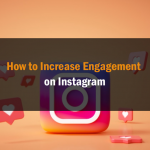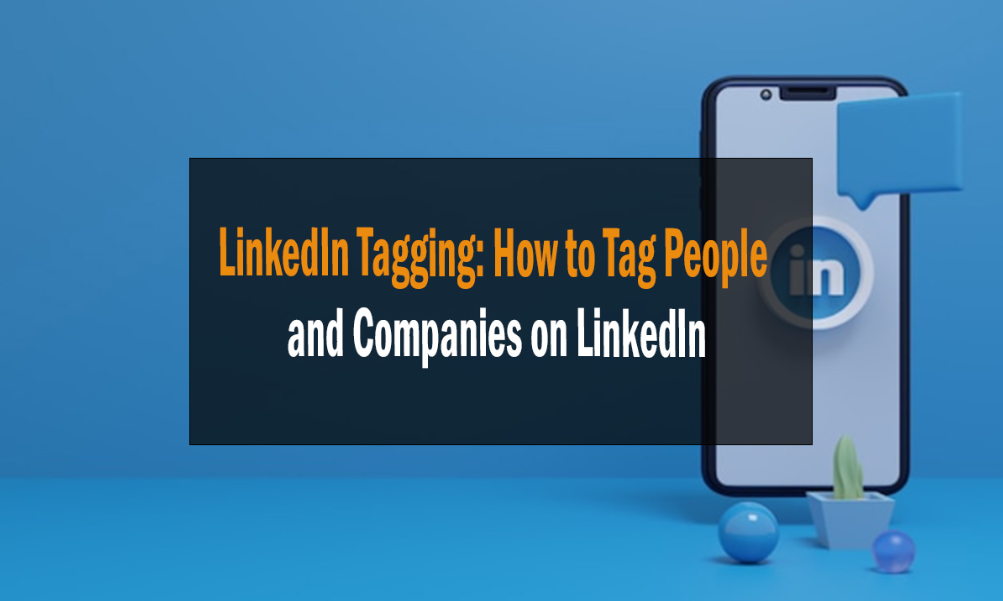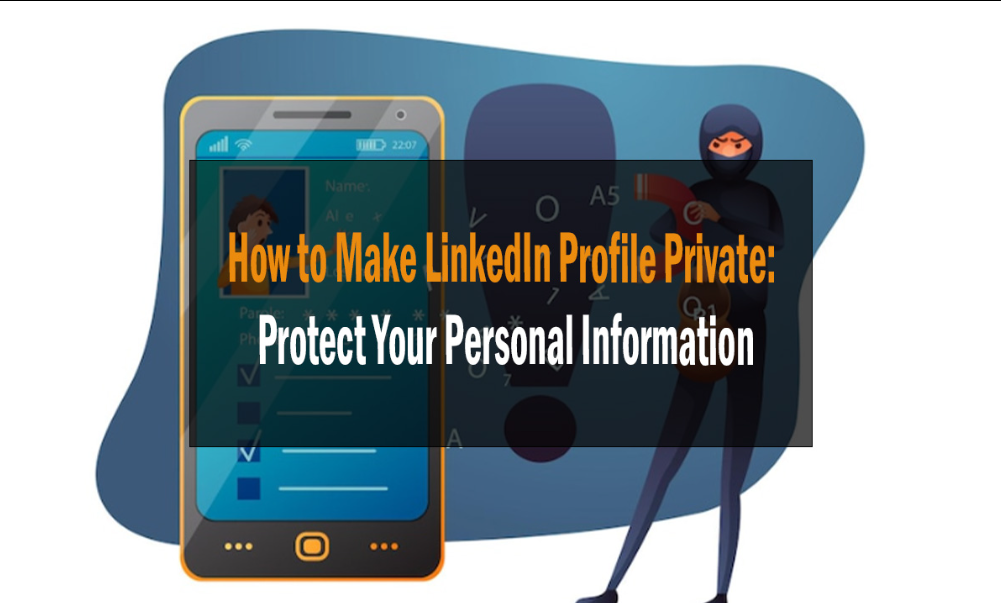
How to Measure Qualified Leads
There are a number of ways to measure qualified leads. One common method is to use lead scoring. Lead scoring assigns a point value to each lead, based on factors like job title, company size, or budget. The higher the score, the more qualified the lead is.
Another way to measure qualified leads is through engagement metrics. This could involve tracking how many times a lead visits your website, downloads a piece of content, or attends a webinar. The more engaged a lead is.
Finally, you can also measure qualified leads by conversion rate. This metric looks at how many leads are taking desired actions, such as filling out a form or scheduling a demo, A high conversion rate is a good indication that your leads are qualified.
To sum up, there are a few different ways to measure qualified leads. You can use lead scoring, engagement metrics, or conversion rate. Whichever method you choose, make sure you’re tracking the right data to get an accurate picture of your leads.

In the world of marketing, there’s always a discussion about quality vs. quantity. Businesses don’t want to pay for half-interested leads because they feel they’ll never close. In an ideal world, they’d only deal with leads that are ready and able to pay for services and pass any further criteria needed to buy insurance, have a credit score, or whatever else is necessary. They have the proper insurance coverage, credit score, legal case details, BMI, or any other relevant information required.
There’s good news: you can accomplish it with digital advertisements. However, depending on the sector, you could run into a new problem: all of the leads are ideal fits, but they are few and far between. There isn’t enough of a lead flow! Instead, you have a slow drip rather than a constant flow.
Many company owners are at a loss as to why their marketing efforts “just aren’t worth it.” They throw up their hands in despair and stop running ads. While marketing must be results-oriented, it’s not the role of the sales team. To make matters more perplexing, both marketing and sales lead differently. There is no standard approach for determining interest in prospects.
MQL vs. SQL
There’s a distinction to be made between marketing qualified leads and sales qualified leads. Each team will have their own criteria for determining lead quality. Every lead is at a different point in the sales funnel.
Lead generation via marketing entails generating leads that are interested in your product or service. You can qualify prospects as probable customers by putting up “hoops” for them to jump through early on. Sales qualified leads are people who are ready to buy right now. These hoops need your prospect to accomplish something that indicates real interest in purchasing.
Marketing Qualified Leads
MQLs are built by offering your prospects a unique value-added offer that they would desire. An example is an e-book about your services that might be offered with a value-added offer. This can quickly attract a large number of responses, but there is no indication that your company’s service will interest them. Because all of your leads are Apple fans who don’t require your services, they may all be “dead.”

Uninterested individuals are unlikely to click on an ad for the e-book, and they aren’t going to sign up for it with their email address. Lead magnets, which offer free versions of these qualifying offers, are known as lead magnets because they entice people in your target audience group to buy your product or service.
Some businesses go one step further. They employ lead items, or low-value goods that must be purchased in order to gain access to the information, to confirm that the client is prepared to pay for it. This is an additional level of lead qualification.
Lead products might be anything from one-time seminars to books to a lower-ticket service offering. If you’re a pest control firm, for example, your major product is most likely a packaged service – such as insect spraying on large seasons like the summer. To keep things in order, lawns must be sprayed more than once.
You may then sell fewer quantities of your primary product as the season heats up. Your client will see the value of the service and might reach out for a longer contract if they are aware they’ll need it most.
Accountants, on the other hand, may be seeking regular clients in a certain industry or income category. They can ensure that the people they contact are suitable by adding relevant keywords to their marketing campaigns. “do-it-yourself” tax guide for small company owners might be a good alternative. You may go even further and create several manuals for various firms and the key differences between their taxes filings.
This is what it accomplishes in two steps: individuals who do not want to hire someone use the data to complete their taxes on their own, while others who would prefer to pay someone else to do it learn that you are an expert for their needs. The obvious conclusion is for them to ask, “Can you perform it for me?”
This is the process of obtaining a “hand raise.” You’re essentially asking a group of individuals, “who here is a small business owner that needs assistance with their taxes?” That’s not everyone on the road or passing by a billboard. That’s an audience you must identify who would be interested in your offer.
The more time you spend nurturing these leads, the more prepared they will be to buy before ever speaking with a sales rep. One approach for doing this is through email marketing. Users are sent instructions or digital content that they have requested after providing their contact information. Following that, they might receive additional helpful material, such as Youtube links, frequently asked questions, or blog posts.
What most of the average audience is unaware of is that marketers are able to analyse their response to this information. Emails may be tracked through email marketing platforms such as Constant Contact, Active Campaign, and MailChimp. They also enable you to set up sequences based on these new leads.
We may already know that our target audience resides in wealthy parts of Suffolk County, as shown in our preceding pest control example. They might own a boat and vacation in the Hamptons, and they want to spray their summer home for ticks before they arrive for the season.
We can build a greater degree of interest in the customer by linking to a blog article or Youtube title with a heading like “How Far in Advance Should I Spray to Be Safe?” We may establish an even higher level of interest with this method. Later on, when you’re looking for something to talk about, see which ones the prospect really clicked on to determine whether they’re interested in spraying in advance. They might save time and impress the customer by informing them that they are efficient at spraying earlier than anticipated. It’s now possible to utilise this data and start a conversation with customers about their specific problem, rather than going through a few and having to “temperature check” for a reaction. If your company offers several solutions for many various “modes,” you may categorise your major consumers into distinct buckets.
Many of these systems also allow for automated follow-up based on the user’s actions. After this person in our example clicks on a link about tick spraying ahead of time, they may be tagged with metadata and sent a tailored follow-up sequence. A “hot” lead is one who has gone through the whole chain of emails and contacted the firm. The way that the sales personnel handles this call may be influenced by the level of interest, so sharing this information might be beneficial to the organisation as a whole.
Sales Qualified Leads
The degrees of interest specified by marketing and MAL’s are similar, while those stated by SQL’s are more immediate. They may have a few questions before committing, but they are “ready” to buy.
A sales qualified lead is concerned about making the correct selection. They’ve already made a decision. Their biggest concerns will be key details to ask about, pricing, and a general sense of trust in their choice. In many ways, the sales team’s role is simply to verify that the consumer has made the proper decision by going with them over a competitor.

The BANT (budget, authority, needs, timeline) model is a typical sales approach. Is the product or service affordable to the consumer? Does the customer have the power to sign off on the purchase or must they go through a higher-up? With B2B providers, this issue comes up frequently.
“Needs” is the most common step in the sales rep’s daily routine. Qualified prospects will want to ensure that your solution addresses all of their concerns. They may ask technical questions, need specialised customer service, or simply want to know that no stone has been left unturned. Prospects who learn they required a premium edition later or that they purchased too much and just needed the basic model will quickly become dissatisfied and repeat business may be reduced.
Finally, there is a deadline. If the customer cannot tolerate another minute of suffering and your staff needs several weeks to provide them with a solution, you may not be the best fit for that prospect.
Top of Funnel vs. Bottom of Funnel Leads
Bottom of funnel leads are “qualified leads” – they have buyer intent. That is, they are ready to buy and able to do so quickly. Trying to close a lead who is at the top of the funnel, or still testing the water, isn’t likely to result in a sale. Even worse, it’s probable that an opportunity will be lost because of buyer education later on down the line.
When prospects pass through this stage, they’re provided with the correct information and demonstrate characteristics. The objective is to bring the sales and marketing departments together. Marketing “sets them up,” while Sales “knocks them down.” However, one cannot complete the customer buying cycle alone. There’s a widespread misconception that asks if you should prioritise MQL or SQL. The truth is that both are required for profit generation. SQLs are MQLs who have completed the cycle and are prepared to act.

In some sectors, impulse purchases do happen – but the more specialised or high-cost the product or service is, the longer the research and consideration phases. That’s where marketing comes in, delivering this information and assisting customers in reaching a decision. At a specific phase of the process, leads that are marketing-qualified become sales-qualified leads. The greatest achievements occur when sales and marketing teams are integrated as a single organisation.






